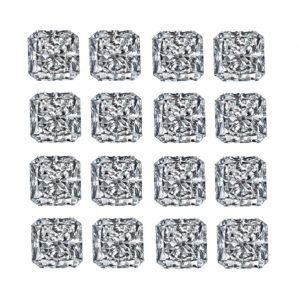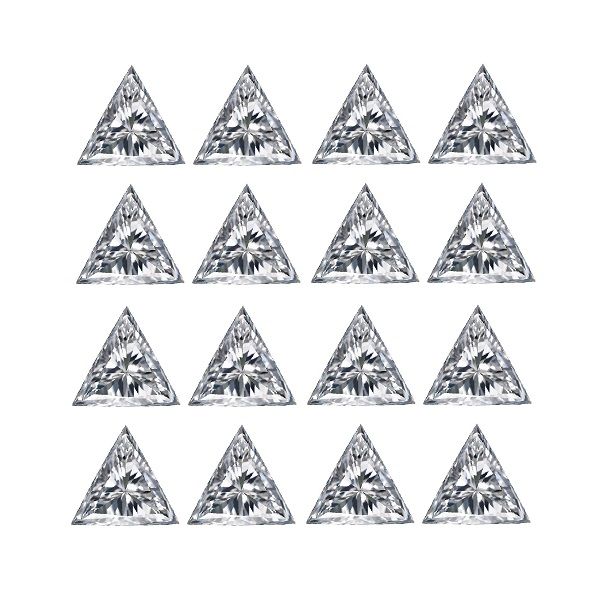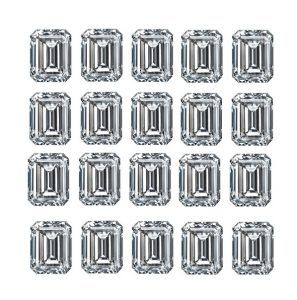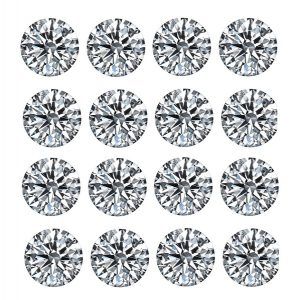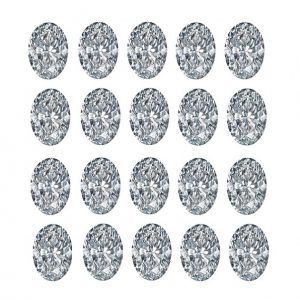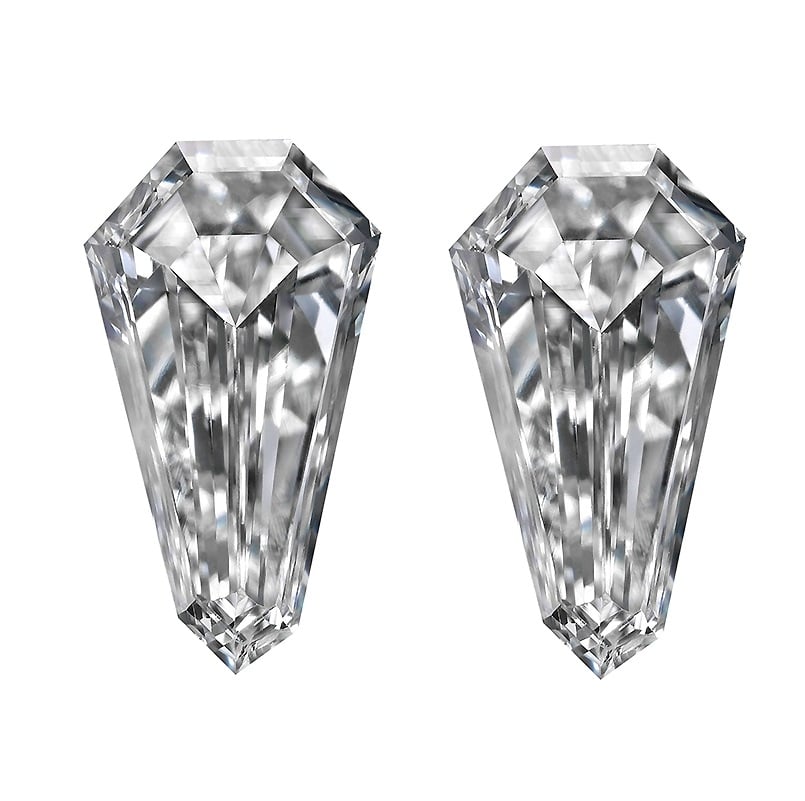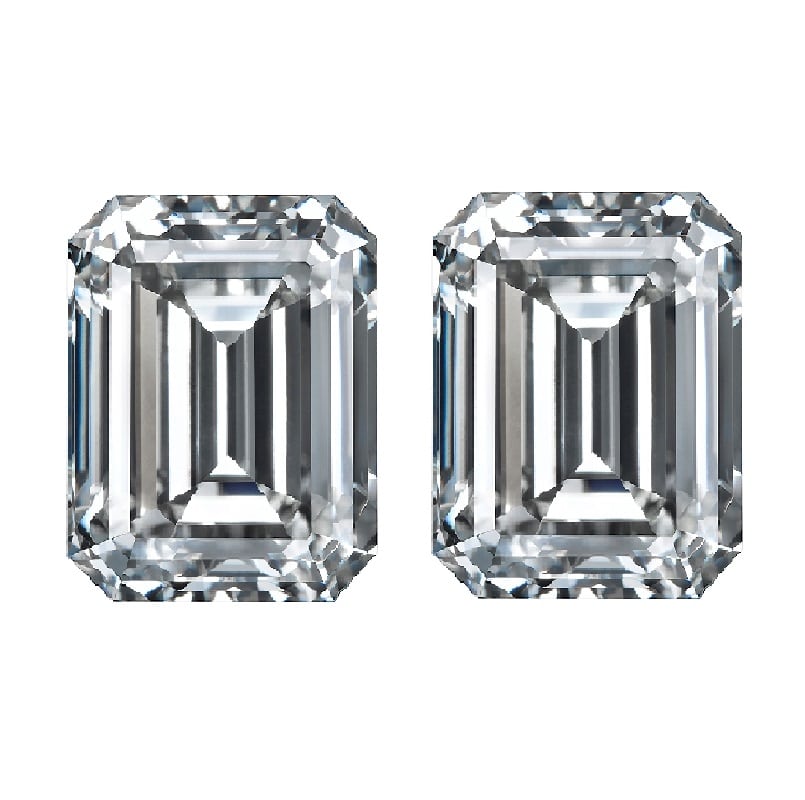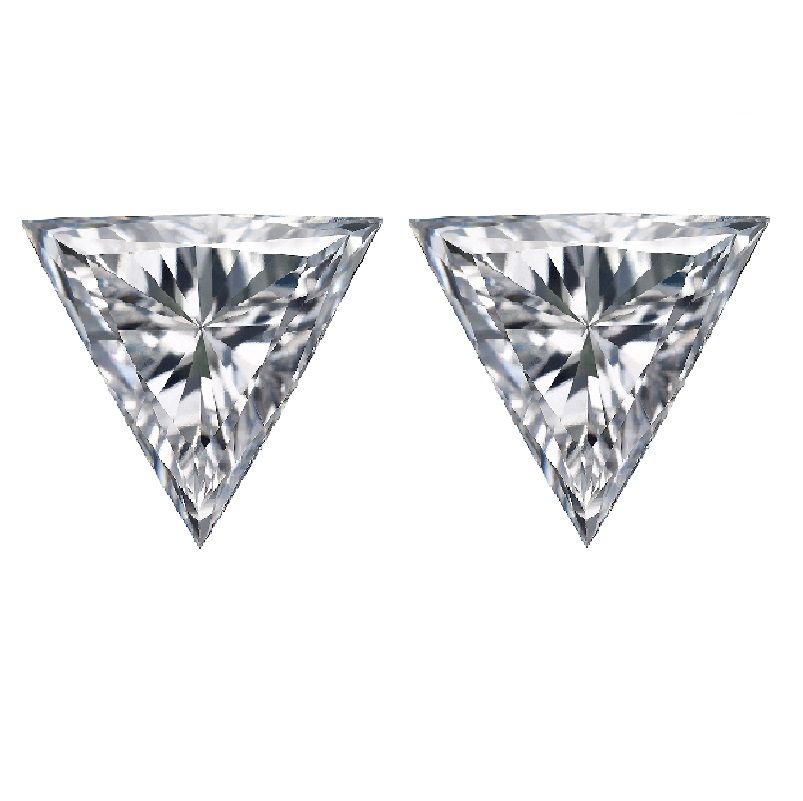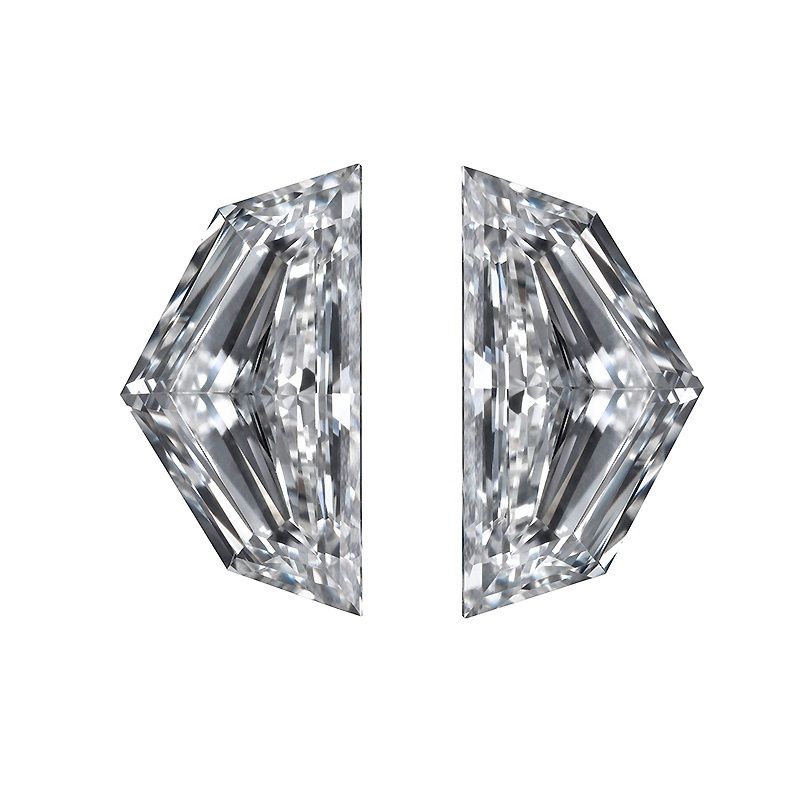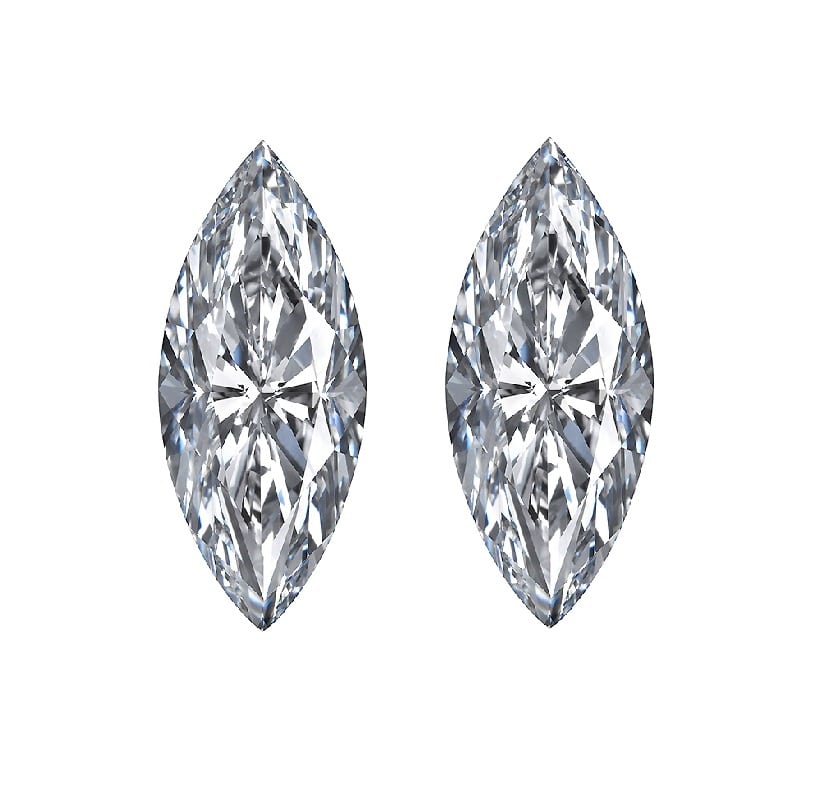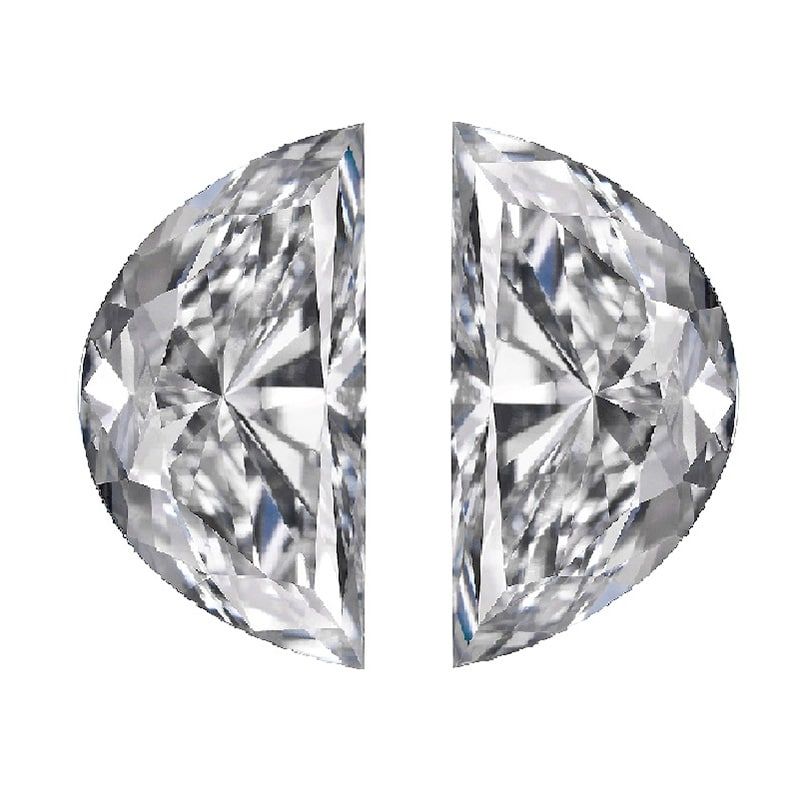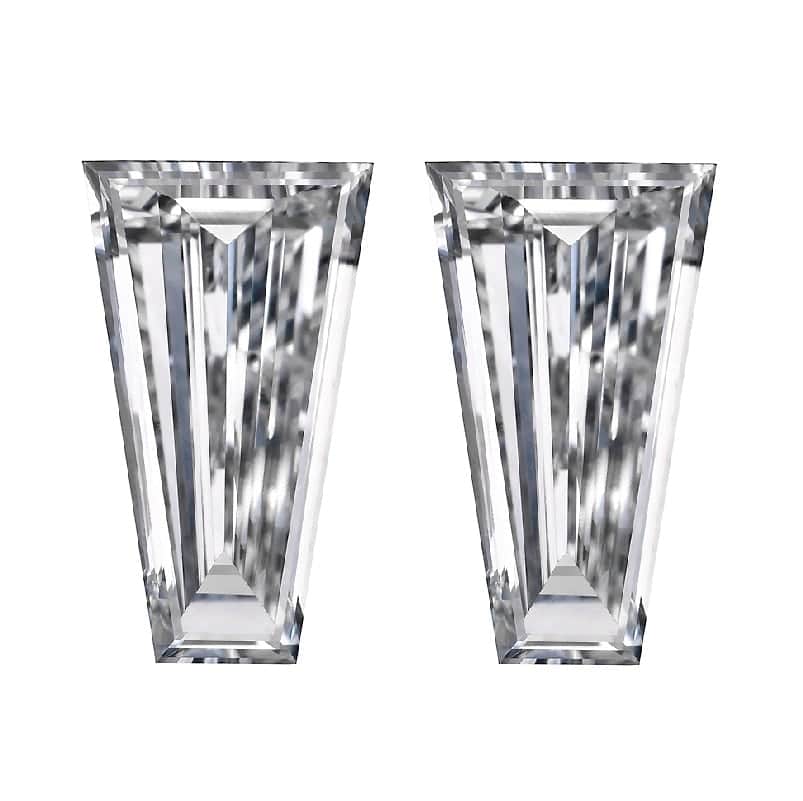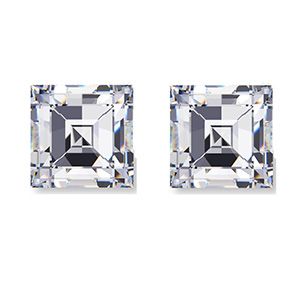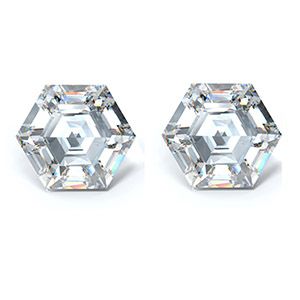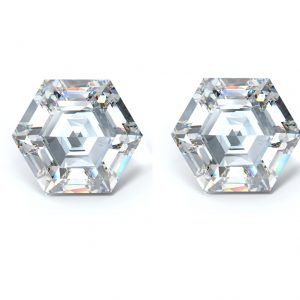
Our Pairs of Hexagon Diamond Cuts
We carry a rich and diverse stock of Step Cut and Brilliant Cut Hexagon Diamonds, available to us due to our direct manufacturing capabilities directly from the source as well as several generations worth of experience which spans over 75 years of mastering cutting the most unique and complex shapes.
The fascination with the Art Deco and Art Nouveau Periods and the Hexagon Cut Diamond always go hand in hand thanks to the seamless blend of its geometric patterns.
It is no surprise then that the growing interest in art deco inspired jewelry has seen a comeback of the incredibly rare and unique Hexagon Cut alongside it, most notably playing the role of side stones From Hexagon Diamond Halo Engagement Ring Designs and Three Stone Engagement Rings, to Solitaire Earrings and Hidden Halo Rings.
Sizes Range From 0.3-1.00 cts per piece
Colors Range From D-J
Clarity Range From VVS-SI
We offer Both the Step, and Brilliant Cut versions of the Hexagon as Side Stones & Matching Diamond Pairs perfectly matched for jewelers and collectors. Custom orders are available per your specific requirements.
What is a Hexagon Diamond?
The hexagon diamond is a six-sided polygon that takes after the original hexagon shape and as such offers a totally unique diamond shape and viewing experience. Known for their geometric lines and appealing aesthetics, hexagon cut diamonds were most prominent during the 1920s during the rise of the art deco movement. As such, owners of hexagonal diamonds know that not only is their diamond stunning, but rare and prestigious. In fact, the hexagon’s vintage charm is so sought after and difficult to find, that halo engagement rings have become popular in their own right attempting to recreate them, often combining the Brilliant Round Cut with Baguette Cuts surrounding it, among other combinations, but nothing beats the original Hexagon.
The Two Types of Hexagon Cut Diamond


Recommended Ratio for the Hexagon Diamond Cut
While most diamond cuts have their go to ideal ratios to achieve their peak performance in light dispersion and structural appeal, the Hexagon is quite different. There’s really no ideal ratio to follow through, it is all based on what you hope to achieve and your personal taste, usually going for the traditional square shape of the hexagon or a more rectangular approach.


